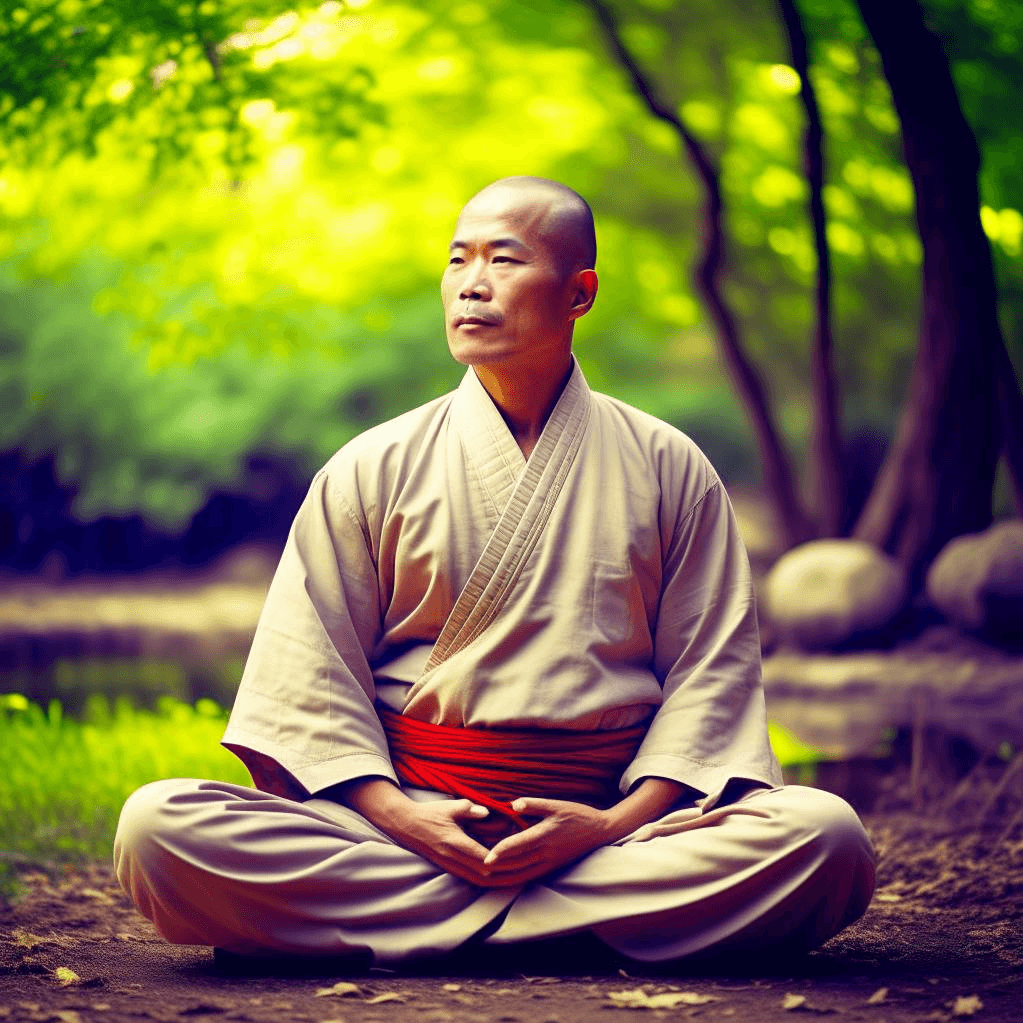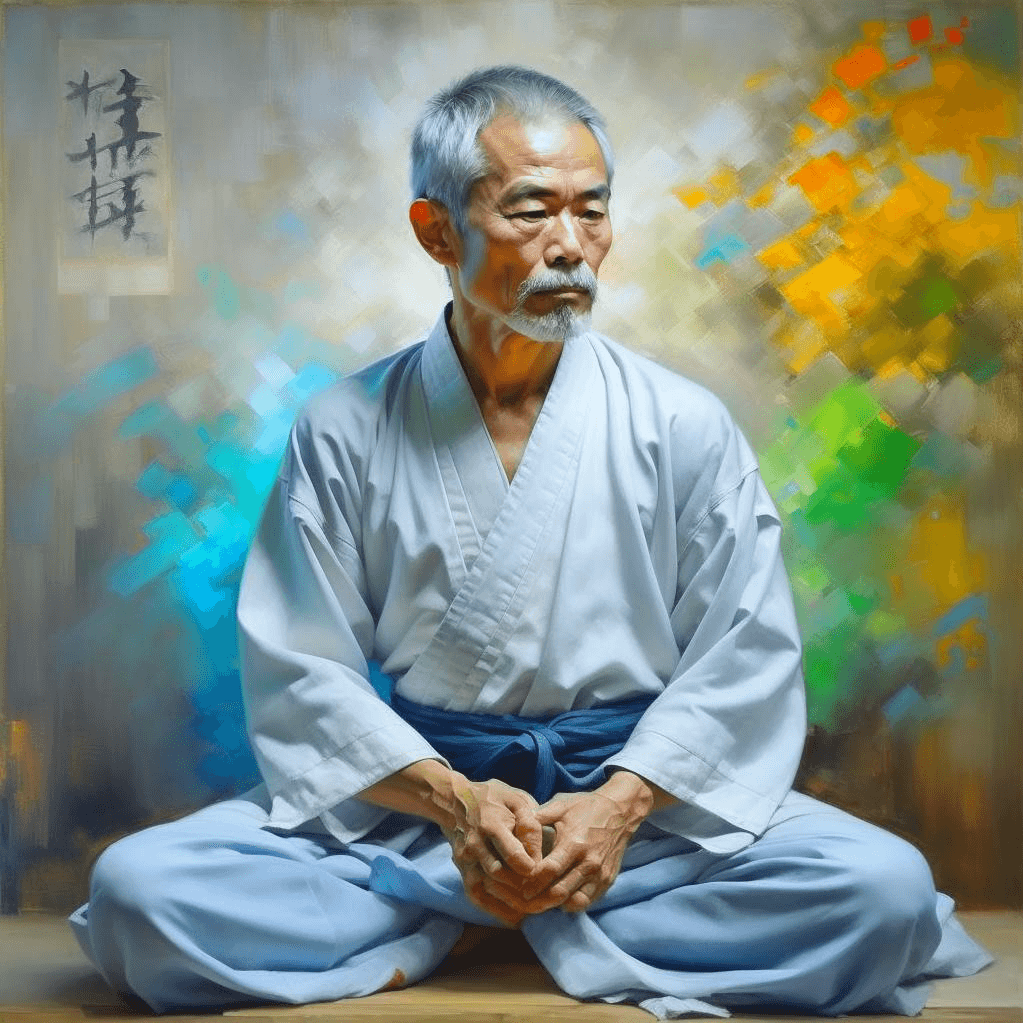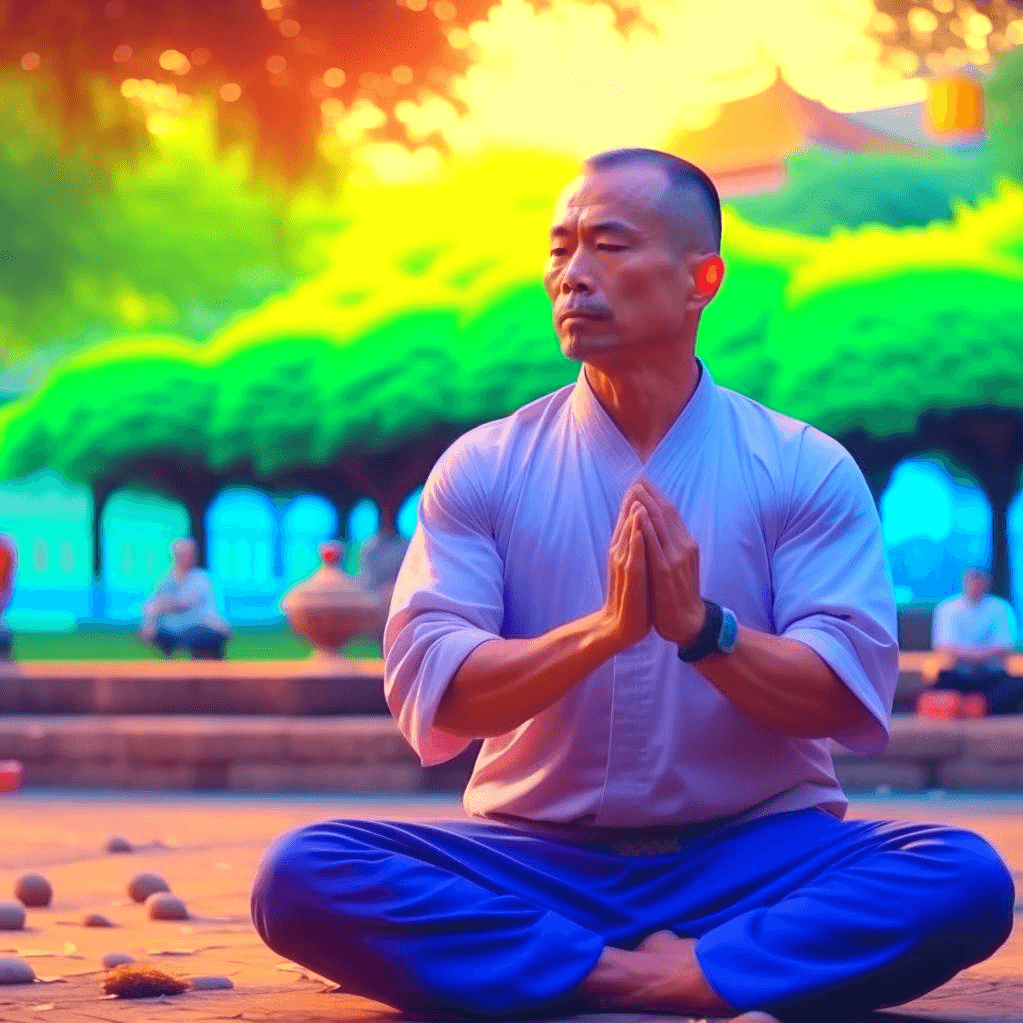Discover the Power of Qigong Meditation: Techniques for Inner Peace and Balance
In today’s fast-paced world, finding inner peace and balance is more important than ever. Qigong meditation is a powerful practice that can help us achieve this. Originating from ancient China, qigong meditation combines gentle movements, breathing exercises, and mindfulness techniques to promote physical and mental well-being. By harnessing the flow of energy within our bodies, qigong meditation can bring us a sense of calm, clarity, and vitality. In this article, we will explore various qigong meditation techniques and how they can help us cultivate inner peace and balance in our lives.
Contents
I. Understanding Qigong Meditation
II. Techniques for Qigong Meditation
III. Cultivating Inner Peace and Balance through Qigong Meditation
IV. Incorporating Qigong Meditation into Daily Life
V. Conclusion
I. Understanding Qigong Meditation

Qigong meditation is an ancient practice that originated in China thousands of years ago. It is based on the belief that there is a vital energy called “qi” that flows through our bodies and keeps us healthy. By practicing qigong meditation, we can harness and balance this energy to improve our physical and mental well-being.
According to ancient legends, qigong meditation was first developed by wise sages who observed the movements of animals and nature. They noticed that animals, like the graceful crane and powerful tiger, possessed a natural flow of energy. Inspired by these observations, they created qigong meditation techniques to help humans tap into this energy and achieve inner peace.
Qigong meditation is closely linked to traditional Chinese medicine, which focuses on restoring balance and harmony within the body. It is believed that when our qi is blocked or imbalanced, it can lead to various health issues. By practicing qigong meditation, we can remove these blockages and restore the smooth flow of qi, promoting overall health and well-being.
The benefits of qigong meditation are numerous and have been passed down through generations. It is said that regular practice can improve physical strength, flexibility, and stamina. It can also enhance mental clarity, concentration, and emotional stability. Additionally, qigong meditation is believed to boost the immune system, reduce stress, and alleviate chronic pain.
To practice qigong meditation, there are various techniques that can be used. One common technique is deep abdominal breathing, where you breathe deeply into your belly, allowing your body to relax and your mind to focus. Another technique is visualization, where you imagine energy flowing through your body, bringing balance and harmony.
In qigong meditation, gentle movements and postures are also used to cultivate the flow of qi. These movements are often inspired by the graceful and fluid movements of animals, such as the slow and deliberate movements of a turtle or the gentle swaying of a tree in the wind. By imitating these movements, we can connect with the natural world and cultivate inner peace and balance.
In conclusion, qigong meditation is a powerful practice that can help us achieve inner peace and balance in our fast-paced world. While the origins and legends surrounding qigong meditation may be fictional, the benefits and techniques are real. By understanding and practicing qigong meditation, we can tap into our body’s natural energy and experience improved physical and mental well-being.
II. Techniques for Qigong Meditation

Qigong meditation is all about finding inner peace and balance, and there are some simple techniques you can try to achieve this. These techniques might sound a bit out there, but trust me, they can really work wonders for your well-being.
1. Breathing exercises for relaxation and focus: One technique is deep abdominal breathing. By taking slow, deep breaths and focusing on your belly rising and falling, you can calm your mind and relax your body. Another technique is the reverse breathing technique, where you imagine your breath flowing in through your nose and down to your lower abdomen, then out through your mouth. This can help you feel more centered and focused.
2. Mindfulness and visualization techniques: Mindfulness is all about being present in the moment. You can practice this by focusing on your breath, the sensations in your body, or even the sounds around you. Another technique is visualizing energy flow within your body. Imagine a warm, glowing energy flowing through your body, bringing you peace and balance.
3. Gentle movements and postures: You don’t have to be a professional dancer to try these movements! Tai chi movements are often used in qigong meditation. They involve slow, flowing movements that help you connect with your body and relax your mind. You can also try balancing postures, like standing on one leg or holding a gentle stretch. These postures can help harmonize your mind and body.
Remember, these techniques might sound a bit strange, but they have been practiced for centuries and have helped many people find inner peace and balance. So give them a try and see how they work for you.
III. Cultivating Inner Peace and Balance through Qigong Meditation

Qigong meditation is a powerful practice that can help us find inner peace and balance in our lives. By focusing on our breath, thoughts, and movements, we can cultivate a sense of calm and harmony within ourselves. Here are some ways qigong meditation can benefit us:
1. Developing self-awareness and emotional stability: Qigong meditation helps us recognize and manage stressors in our lives. By becoming more aware of our emotions, we can cultivate positive feelings and reduce negative ones. This can lead to a greater sense of emotional stability and well-being.
2. Enhancing concentration and mental clarity: Through qigong meditation techniques, we can strengthen our focus and improve our ability to concentrate. This can help us make better decisions and improve our cognitive abilities. With a clearer mind, we can navigate through life with greater clarity and purpose.
3. Promoting physical well-being and vitality: Qigong meditation has been shown to boost the immune system and improve overall health. By practicing regularly, we can increase our vitality and energy levels. Qigong meditation can also help alleviate chronic pain and reduce inflammation in the body, leading to improved physical well-being.
By incorporating qigong meditation into our daily lives, we can experience these benefits and find inner peace and balance. Here are some ways to integrate qigong meditation into our routines:
1. Set aside dedicated time for qigong meditation: Find a quiet and comfortable space where you can practice qigong meditation without distractions. Set aside a specific time each day to devote to your practice.
2. Integrate qigong meditation techniques into daily activities: Incorporate mindful breathing during stressful situations, such as taking deep breaths before a challenging meeting or exam. Practice gentle movements during breaks or leisure time to promote relaxation and balance.
3. Seek guidance and support from qigong meditation communities: Join local qigong meditation classes or workshops to learn from experienced practitioners. Utilize online resources and communities to connect with others who share your interest in qigong meditation.
In conclusion, qigong meditation offers powerful techniques for cultivating inner peace and balance. Through self-awareness, improved concentration, and physical well-being, we can experience a greater sense of harmony in our lives. By incorporating qigong meditation into our daily routines and seeking support from communities, we can unlock the transformative power of this practice. Start exploring and experiencing the benefits of qigong meditation today!
IV. Incorporating Qigong Meditation into Daily Life

Incorporating qigong meditation into your daily life can bring about positive changes and help you find inner peace and balance. Here are some simple ways to make qigong meditation a part of your everyday routine:
1. Set aside dedicated time for qigong meditation: Find a quiet and peaceful corner in your home where you can practice qigong meditation. Set a specific time each day, whether it’s in the morning or evening, to focus on your practice.
2. Create a suitable environment for practice: Make your meditation space comfortable and inviting. You can decorate it with calming elements like candles, plants, or soothing music. This will help create a serene atmosphere for your qigong meditation.
3. Incorporate mindful breathing during stressful situations: Whenever you find yourself in a stressful or challenging situation, take a moment to practice deep abdominal breathing. Inhale slowly through your nose, allowing your belly to rise, and exhale gently through your mouth, releasing any tension or anxiety.
4. Practice gentle movements during breaks or leisure time: Incorporate qigong movements into your daily activities. During breaks or leisure time, take a few minutes to perform gentle tai chi movements or simple stretching exercises. This will help relax your body and mind, promoting overall well-being.
5. Join local qigong meditation classes or workshops: Seek out local qigong meditation communities or classes in your area. Being part of a group can provide support, guidance, and a sense of community as you explore and deepen your qigong meditation practice.
6. Utilize online resources and communities for learning and sharing experiences: There are numerous online resources, videos, and forums dedicated to qigong meditation. Take advantage of these platforms to learn new techniques, connect with like-minded individuals, and share your experiences.
Remember, incorporating qigong meditation into your daily life is a personal journey. Start with small steps and gradually increase your practice over time. With dedication and consistency, you will experience the benefits of qigong meditation and find inner peace and balance in your life.
V. Conclusion
In conclusion, qigong meditation is a powerful practice that can bring inner peace and balance to our lives. By incorporating qigong meditation techniques into our daily routines, we can experience numerous benefits for our physical and mental well-being.
Through deep breathing exercises, we can relax and focus our minds, allowing us to let go of stress and find a sense of calm. Mindfulness and visualization techniques help us stay present in the moment and visualize the flow of positive energy within our bodies.
By practicing gentle movements and postures, such as those found in tai chi, we can harmonize our minds and bodies, promoting overall health and vitality. Qigong meditation also helps us develop self-awareness and emotional stability, enabling us to manage stressors and cultivate positive emotions.
Furthermore, qigong meditation enhances concentration and mental clarity, improving our cognitive abilities and decision-making skills. It also has the potential to boost our immune system, alleviate chronic pain, and reduce inflammation.
To incorporate qigong meditation into our daily lives, it is important to establish a regular practice routine and create a suitable environment for practice. We can also integrate qigong meditation techniques into our daily activities, such as practicing mindful breathing during stressful situations or engaging in gentle movements during breaks.
Seeking guidance and support from qigong meditation communities, whether through local classes or online resources, can also enhance our learning and provide a space for sharing experiences.
In summary, qigong meditation offers a path to inner peace and balance in our fast-paced world. By exploring and experiencing the power of qigong meditation techniques, we can unlock the potential for a healthier, more harmonious life. So why not give it a try and see the positive impact it can have on your well-being?











